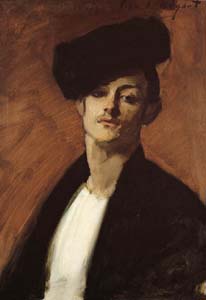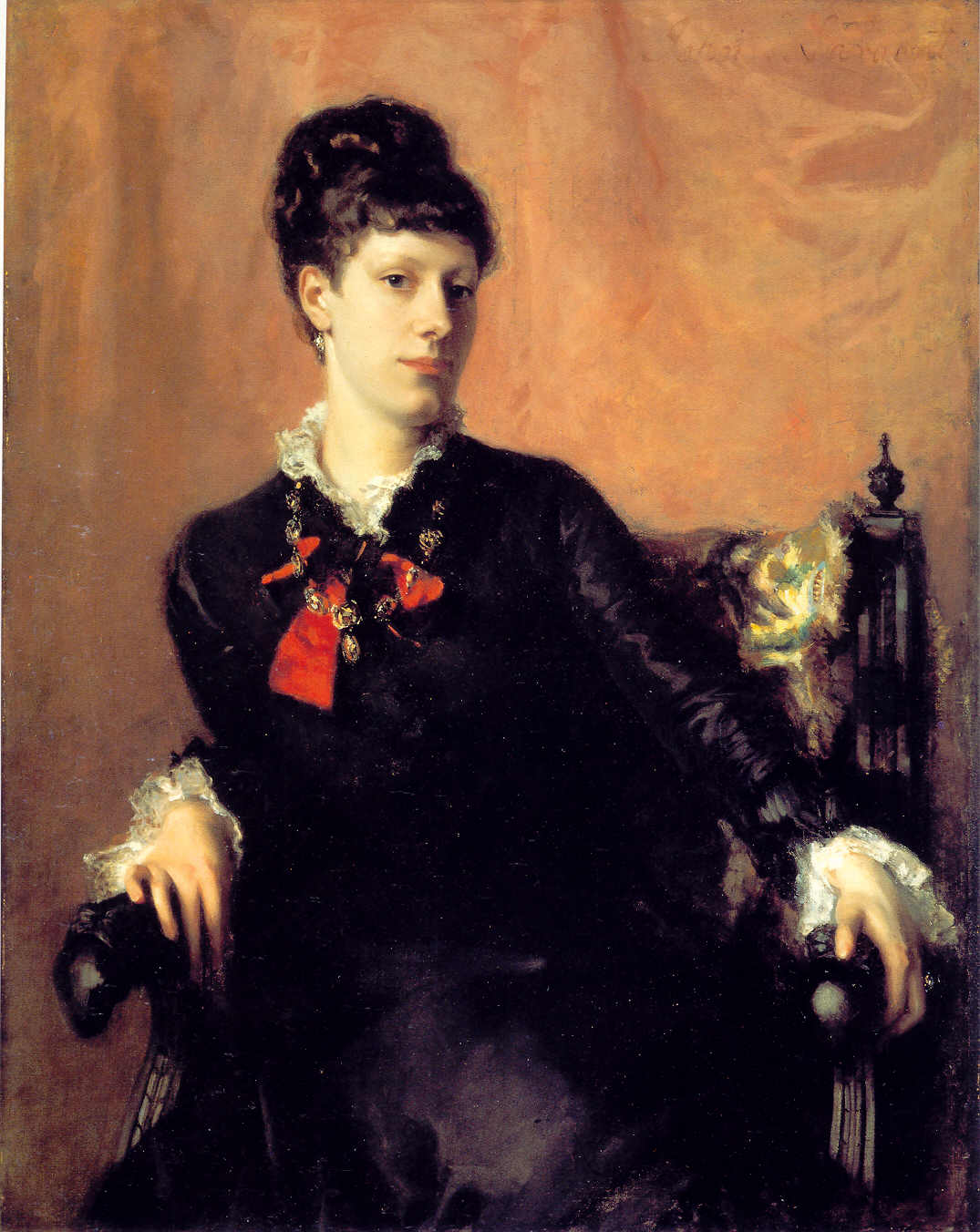.jpg) |
| John Singer Sargent, Portrait of Isabella Stewart Gardner, 1888 |
Isabella Stewart Gardner wanted to make a splash in her conservative Boston social circle. The free spirited woman gave her stodgy husband fits with her publicized antics, and she wanted her portrait to reflect her free spirit. So when John Singer Sargent came to America, still fleeing the wave of disgrace that had engulfed him after he painted Madame X, she saw a golden opportunity.
It’s no coincidence that her portrait is so distinctly reminiscent of Madame Gautreau’s portrait four years earlier. Despite Sargent’s reservations (and her husband’s), she specifically requested that her dress and pose mimic those of Amelie, and agreed to pay the steep price Sargent charged for such a portrait. Unlike her Parisian counterpart, Mrs. Gardner’s portrait became a smashing success. The portrait created waves in the Boston art world, but this time critics marveled at the use of color and the stunning pose. It was a massive coup both for Sargent and for Mrs. Gardner. Everyone was not so pleased, however. While most people who saw it fell in love, Mr. Gardner was absolutely ashamed. He could not believe his wife had elected to publicly portray herself in such an indecent manner.
He forced her to hide the painting in a private room in their home until her death. Mrs. Gardner’s intellectual love affair with Sargent does not end there. Later in her life, she founded a museum in Boston—now called the Isabella Stewart Gardner Museum—which was anchored by major Sargent paintings such as El Jaleo. She also became one of the most well-known socialites in Boston, remaining relevant right up to her death at the age of 84. Not only did this portrait increase Mrs. Gardner’s standing in the public eye, it also marked a significant change in Sargent’s fortunes. The man who had struggled to scrape by for four years in the wake of his Madame X fiasco finally found himself back on track to big commissions and cultural relevance.

















,_by_Velazquez.jpg)